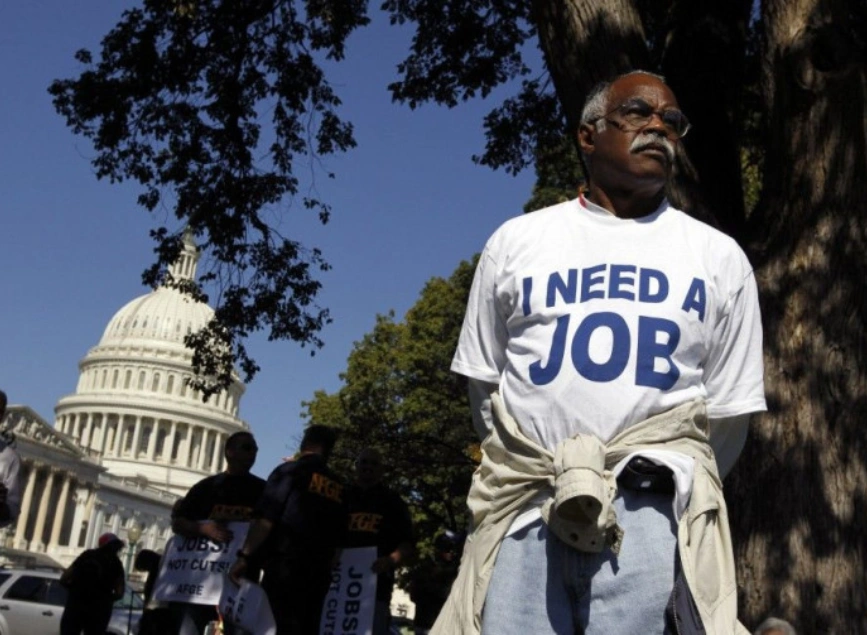
U.S. Unemployment Rate Drops to 4.0% in January 2025
The U.S. job market showed signs of resilience in January 2025 as the unemployment rate fell to 4.0%, marking a 0.1% decrease from the previous month and coming in below market expectations of 4.1%. This is the lowest unemployment rate since May 2024, reflecting a steady labor market despite broader economic uncertainties.
Key Employment Report Insights
The number of unemployed individuals decreased by 37,000, bringing the total to 6.85 million. This suggests that more Americans were able to secure jobs, contributing to overall labor market stability.
Increase in Employment Figures
The total number of employed individuals saw a modest increase of 2,234, reaching 163.9 million. While this rise indicates some job creation, the relatively small gain suggests that the job market may be approaching a state of equilibrium.
Labor Force Participation on the Rise
The labor force participation rate edged up from 62.5% to 62.6%, signaling that more people are actively seeking employment. A rising participation rate can be a positive indicator of confidence in the labor market, as it reflects a growing number of individuals willing to re-enter the workforce.
Employment-to-Population Ratio Sees Modest Growth
The employment-to-population ratio, which measures the percentage of the working-age population that is employed, increased from 60.0% to 60.1%. This subtle growth further underscores the labor market’s steady expansion.
U.S. Services Sector Shows Weakness in January 2025
Despite improvements in employment, the U.S. Services Purchasing Managers’ Index (PMI) declined in January 2025. This could signal slower economic growth in service-related industries, potentially affecting future job market trends.
Will the U.S. Job Market Remain Strong?
A declining unemployment rate is often a sign of economic strength, but the modest growth in employment suggests the labor market is balancing out. While businesses continue to hire, the pace of job creation is not accelerating dramatically.
Rising Labor Force Participation Brings Stability
An increase in the labor force participation rate indicates that more individuals are returning to the job market, which could help stabilize employment trends. This shift can also reduce inflationary pressure on wages, making it a crucial factor for policymakers.
Impact on Federal Reserve Policy Decisions
If the labor market continues to show strength, the Federal Reserve may reconsider cutting interest rates in the near term. A robust job market is one of the key factors influencing monetary policy, as strong employment levels often support economic growth and consumer spending.
Understanding the Importance of Unemployment and Labor Force Participation
The unemployment rate measures the percentage of individuals in the labor force who are actively looking for work but remain unemployed. It is calculated by dividing the number of unemployed individuals by the total labor force.
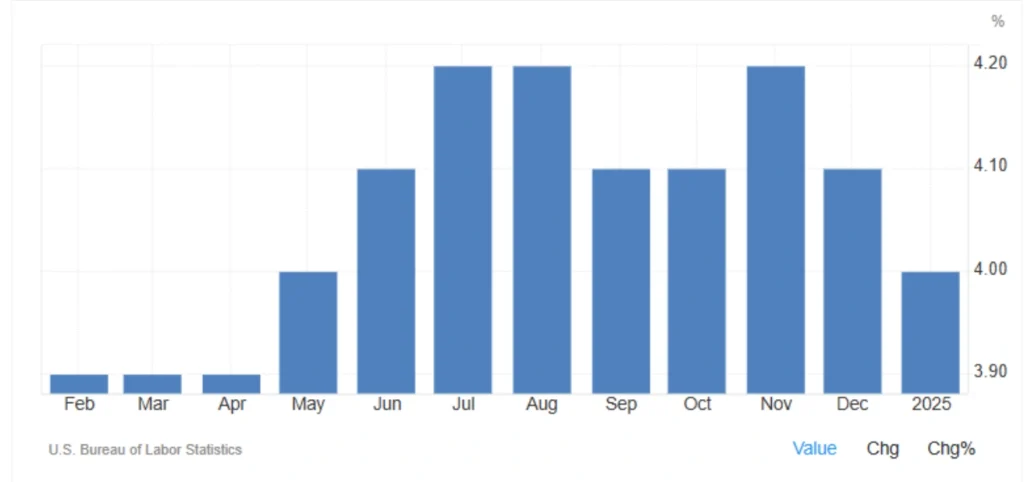
Why Is the Unemployment Rate Important?
The unemployment rate is a critical economic indicator because it provides insights into the health of the job market and overall economic conditions. A lower unemployment rate often signals a growing economy, while a higher rate may indicate economic challenges.
Additionally, the Federal Reserve closely monitors unemployment trends when making decisions about interest rates and monetary policy. A strong labor market can influence inflation and consumer spending, impacting financial markets.
What Is the Labor Force Participation Rate?
The labor force participation rate represents the percentage of the working-age population (16 years and older) that is either employed or actively seeking work.
Why Is Labor Force Participation Important?
A rising participation rate suggests that more individuals are optimistic about job prospects, which can boost economic growth. However, if the labor force grows significantly, it can keep the unemployment rate steady or even increase it, despite job gains.
Final Thoughts: Is the U.S. Job Market Still Strong?
The drop in the unemployment rate to 4.0%, coupled with an increase in labor force participation, suggests that the U.S. job market remains stable. However, the limited job growth raises questions about whether the market is nearing a plateau.
As economic conditions evolve, investors and policymakers will closely monitor wage trends, job creation rates, and inflationary pressures. The labor market’s strength will play a key role in shaping monetary policy decisions and the overall economic outlook for 2025.
Share
Hot topics

What Is a Forex Robot and How Does It Work?
If you hang out with traders, in person, online, on Telegram or YouTube, you’ve probably seen someone talking about “Forex bots” or trading robots that can do some of the...
Read more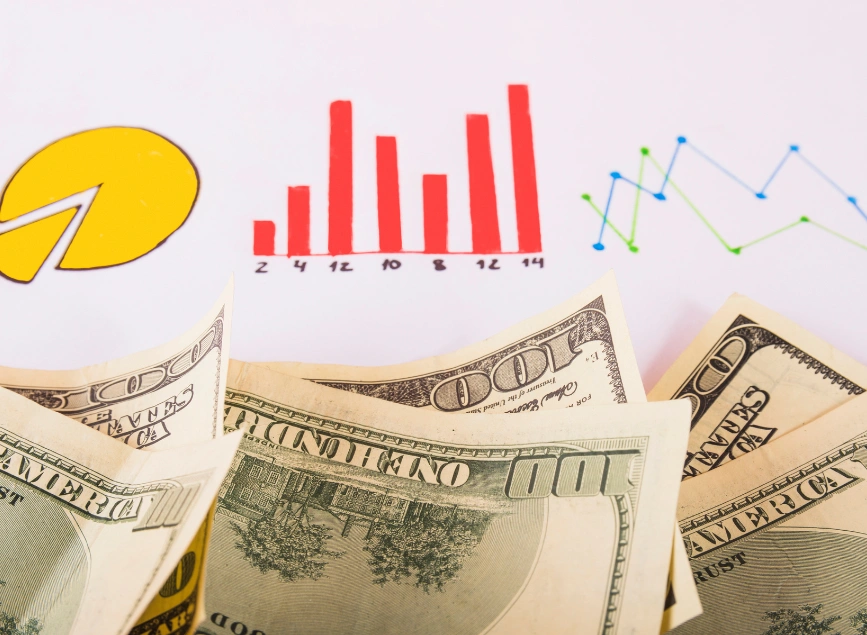
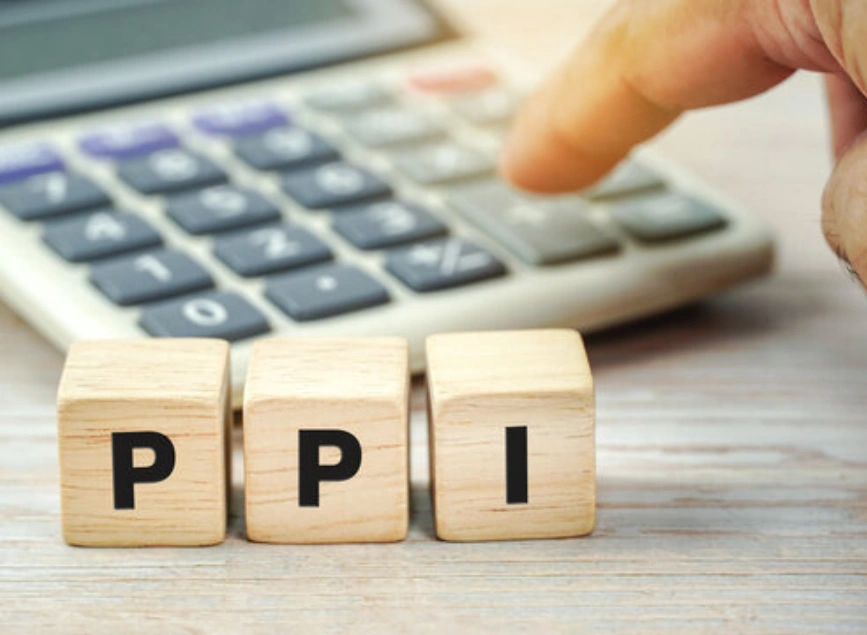

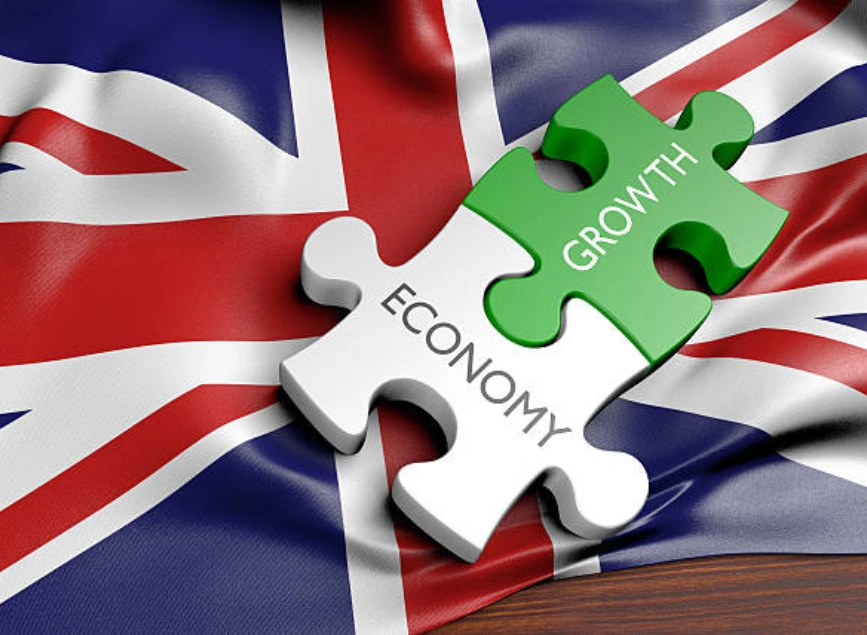

Submit comment
Your email address will not be published. Required fields are marked *